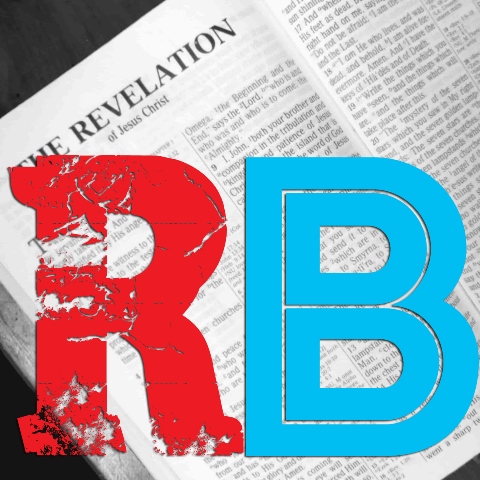
We don’t have thrones. They are alien to our culture. For us, thrones belong to history, fantasy, or television shows. If we talk about going to the throne room, we’re talking about a seat that has a hole in it. Our forebears fought a revolution so that we could live our lives apart from a throne.
However, for most people throughout most of history, thrones were a very meaningful image, an image that conjured powerful feelings. Thrones projected power, control, fear, judgment, honor, and prestige. For John’s original readers, the seven churches in Revelation, the throne meant oppression and persecution. The throne represented a conquering invader and an occupying force that wasn’t afraid to wield the sword.
In Revelation, John peels back the veil, and showed them and us that those who were really sitting on the earthly thrones of power were the beast and Satan. They were on the thrones behind the thrones.
However, Revelation shows us a greater throne still. In Revelation 4 and 5 we see a throne in heaven. On that throne sits the Lord God Almighty. Sitting on the throne with him is the Lamb who was slain who has become a Lion. It is this throne that holds ultimate power and control. All thrones will one day answer to this one.
We see other thrones in Revelation. In Revelation 20 John sees thrones and seated on these thrones are seated those with power to judge. In ancient days the judgment seat and the throne were not separate seats. Judgement was simply a part of the rule from the throne. Those who sit in these thrones not only judge, but also reign with Christ.
Just who is seated on these thrones? What are they doing there? Revelation 20:6 contains this amazing promise, “Blessed and holy are those who share in the first resurrection. The second death has no power over them.” Who is this promise for and what does it mean for us? Join us Sunday as we look at this amazing promise.
